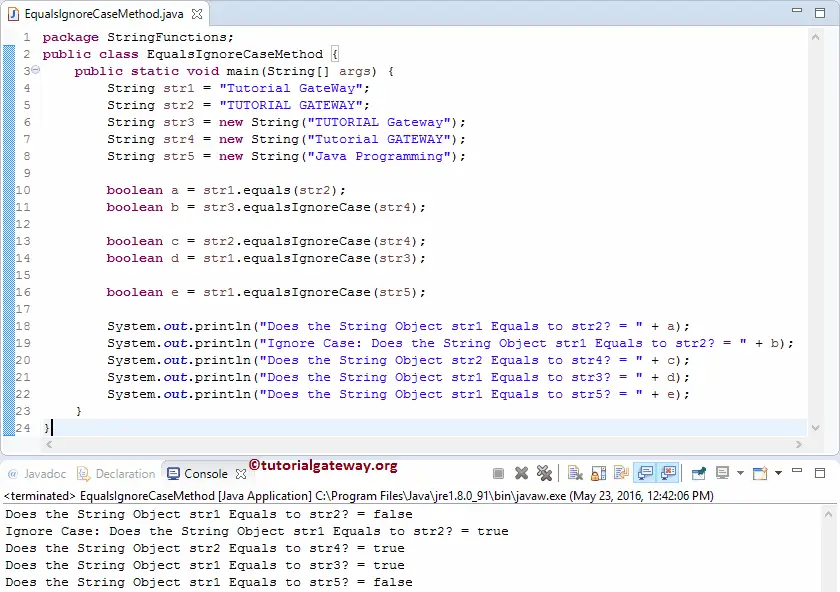
Square roots in it, expr.has(sqrt) will not work. Pow(x, S(1)/2) so if you want to know if an expression has any There is no sqrt function in the same way that there is anĮxponential function ( exp). Then something like this will work, and now, for instances of Foo only, the symbol will mean exponentiation. You could do that this way, just as one example: class Foo (float): def xor (self, other): return self other. Use the methods described in SymbolsĪbove to see the names of all SymPy functions. For example, in some languages the symbol means exponentiation. Of asin, acos and so on instead of the usual arcsinĪnd arccos. In particular, the inverse trig functions use the python names SymPy uses different names for some functions than most computer algebra TypeError: unsupported operand type(s) for ^: 'Add' and 'int' > ( x + 1 ) ** 2 (x + 1)**2 > pprint ( 3 - x ** ( 2 * x ) / ( x + 1 )) 2*x x - + 3 x + 1 Inverse Trig Functions # Synta圎rror: invalid syntax > 2 * x 2*x > ( x + 1 ) ^ 2 # This is not power. Prevent you from overriding default SymPy names or functions, so be careful.

Or better yet, always use lowercase letters for Symbol names. Mnemonic OSINEQ to remember what Symbols are defined by default in SymPy. Supported ask keys (such as Q.real), respectively. \(O(n\log)\)), and the assumptions object that holds a list of ( \(e\)), the sympify() function (see SymbolicĮxpressions below), numeric evaluation ( N() isĮquivalent to evalf() ), the big O order symbol (as in Lastly, it is recommended that you not use I, E, S, N, C, O, or Q for variable or symbol names, as thoseĪre used for the imaginary unit ( \(i\)), the base of the natural logarithm If you want control over the assumptions of the variables, use > from sympy.abc import w > w w > import sympy > dir ( sympy. The proper use of the equals sign is to assign expressions to variables. You want to do \(x = y\), use Eq(x, y) for equality.Īlternatively, all expressions are assumed to equal zero, so you can Here is an example: > a 10 > b 20 > a + b 30 In this case, the + operator adds the operands a and b together. The values that an operator acts on are called operands.

The equals sign ( =) is the assignment operator, not equality. In Python, operators are special symbols that designate that some sort of computation should be performed. Two variables that are equal do not imply that they are identical. In Python, is and is not are the identity operators both are used to check if two values are located on the same part of the memory. If you are already familiar with C or Java, you might also want to look These are standard symbols used for the purpose of logical and arithmetic operations. Tutorial, the remainder of the SymPy Docs, and the official Of the gotchas and pitfalls that you may encounter when using SymPy. Independent computer algebra systems like Maple or Mathematica. So there are some things that may behave differently than they do in other,

SymPy runs under the Python Programming Language, Toggle table of contents sidebar Gotchas and Pitfalls # Introduction #


 0 kommentar(er)
0 kommentar(er)
